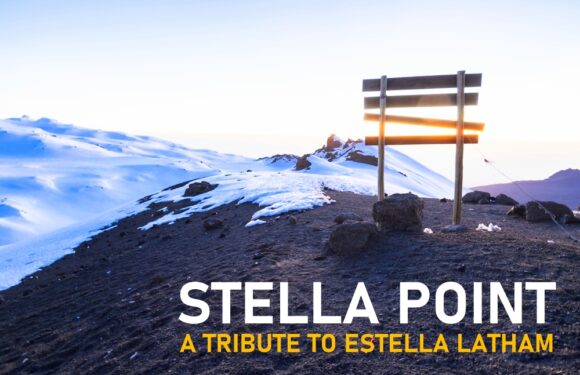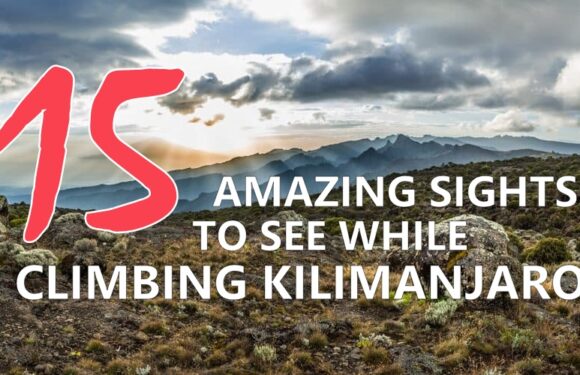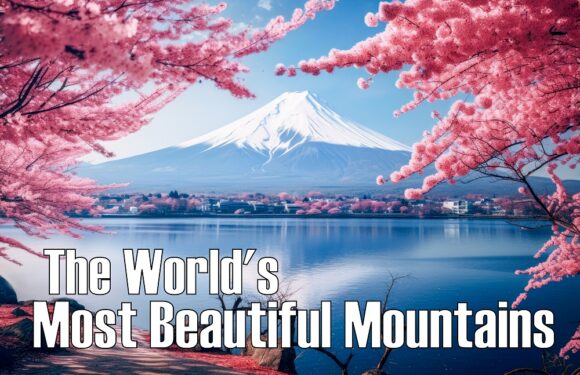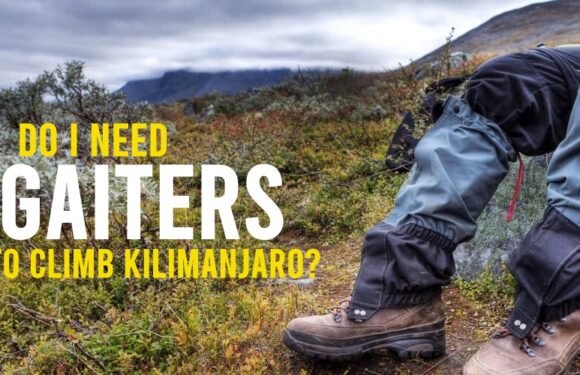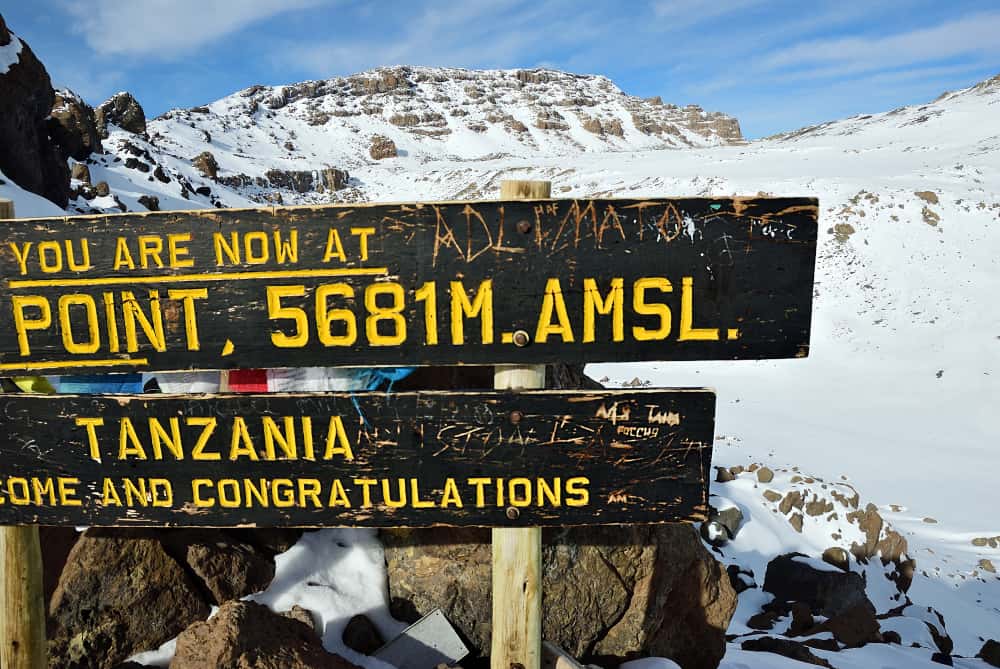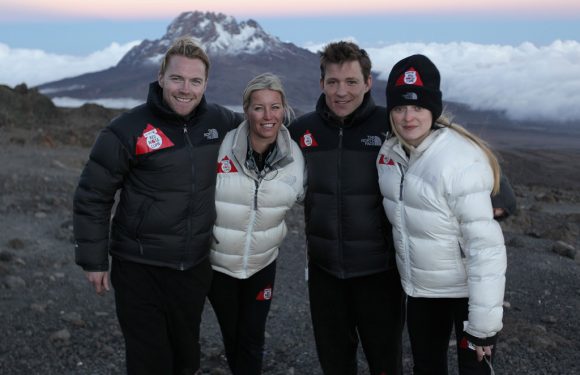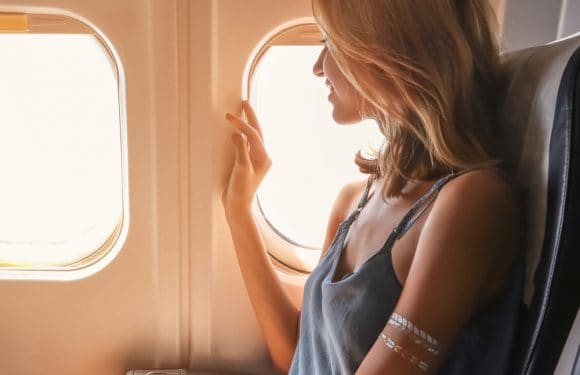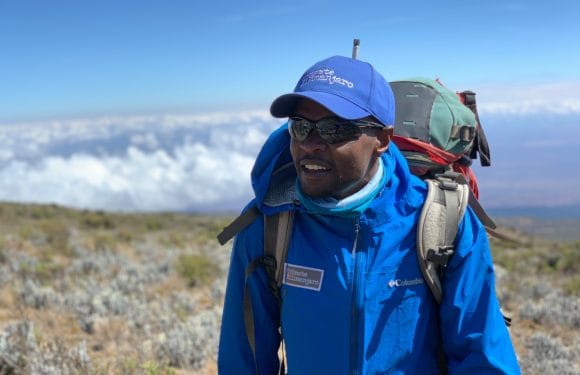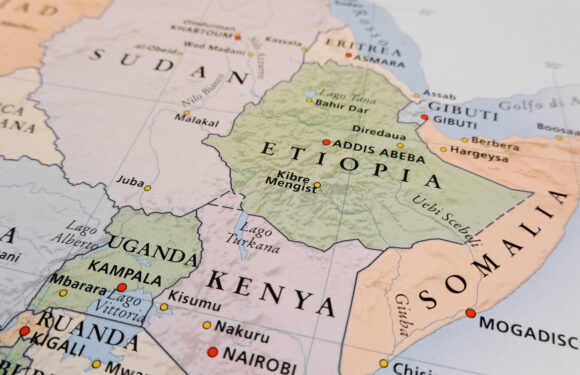FOLLOW THESE GUIDELINES FOR A CROWD-FREE KILIMANJARO EXPERIENCE
The number of people who climb Kilimanjaro varies between 30,000 to 50,000 tourists per year.
I’ve personally never felt that the mountain was too crowded, even though I’ve been there during the peak season for most of my ascents.
After all, there are seven main routes which span across the park’s 652 square miles.
Nevertheless, if you’re looking for a crowd-free kilimanjaro experience, here are 5 strategies you can use to have the park mostly to yourself.
1. Book a private climb.
The easiest way to avoid a crowd is to not be part of a crowd.
Group climbs on Kilimanjaro usually range from 10-16 people (Ultimate Kilimanjaro® groups are limited to 14 climbers). Each client requires the support of 3-4 porters as well as a team of cooks and guides. So for every client there is in a trekking party, the number in the group is multiplied.
Booking a private climb allows you to climb with as few people as you want, even solo. On the mountain, you have more flexibility with regards to when to set out for the day, how fast to hike and when to take breaks – subject to the judgment of the lead guide of course. All of these factors can be utilized to distance yourself from the crowds.
TIP: By beginning your daily hikes before 8AM, you will be on the trail before 90% of the other climbers who are adhering to a group climb schedule.
2. Choose a less traveled route.
Most of the people that climb Kilimanjaro are concentrated on just two routes – the Marangu route and the Machame route. By climbing Kilimanjaro on alternative paths, you can avoid a good number of fellow trekkers until the routes converge higher up on the mountain.
There are several other established routes to choose from including Lemosho, Shira, Rongai, Umbwe and Northern Circuit. Any of these routes will reduce the crowds not only on the trail but also the campsites. When choosing a route, be sure to find one that also fits your experience and ability to acclimatize to altitude for a better overall experience.
TIP: Lemosho, Rongai and Northern Circuit are the best routes with the fewest people.
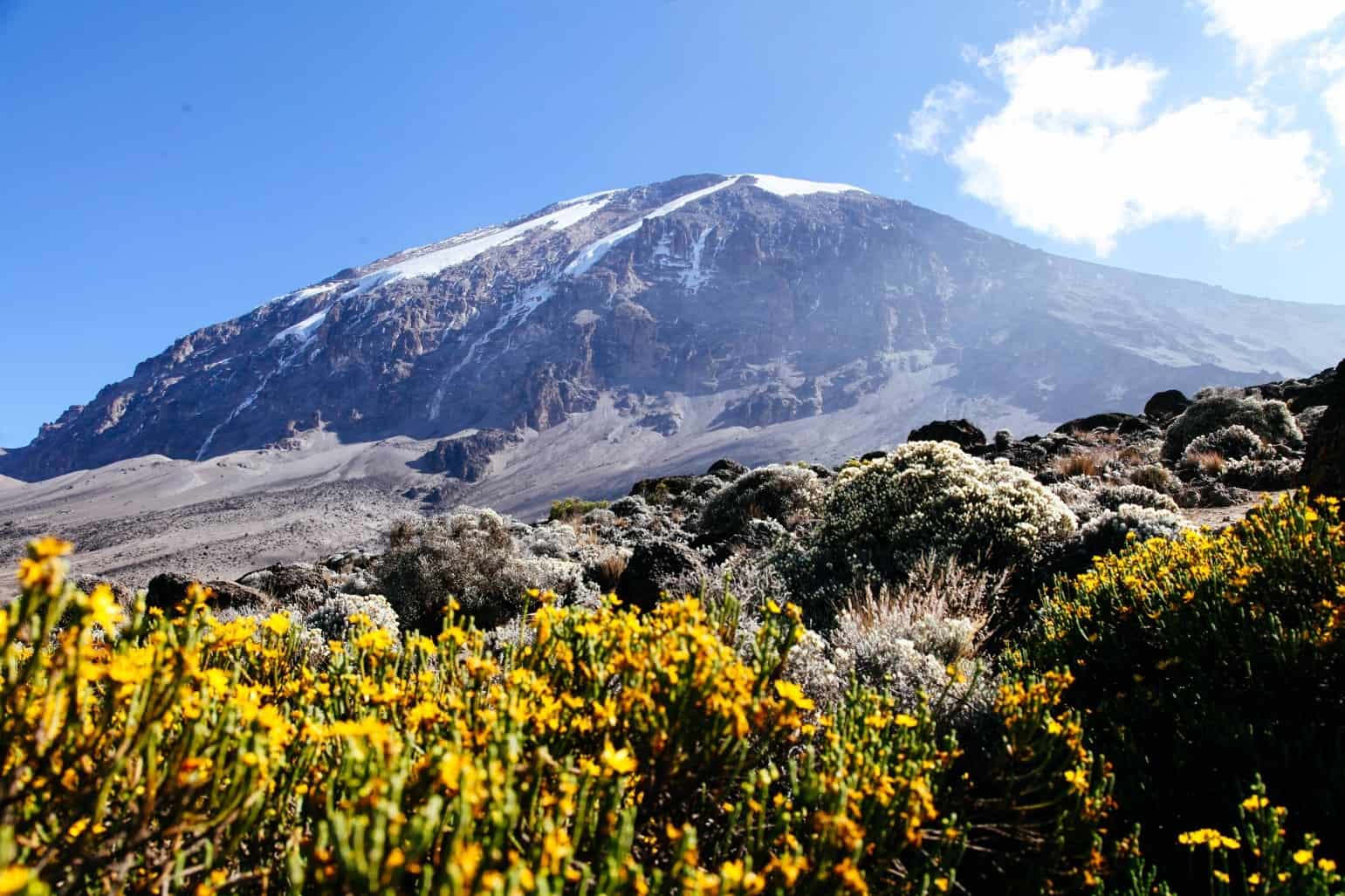
3. Climb during the shoulder seasons or the short rainy season.
Kilimanjaro’s dry seasons are from July to October and again from December to February. If you are willing to take a gamble, you can climb Kilimanjaro during the transitional periods between dry and wet seasons or during the short rainy season. By doing this, you still have the chance of good or fair weather.
The shoulder seasons are the months of March and June. The short rainy reason occurs in the month of November. Most operators do not run group climbs at these times. Additionally, during the rainy season, the mornings are usually clear and the rains come in the afternoon and evening. Fast hikers may be able to be at camp before the afternoon rains even begin.
If you don’t mind the possibility of hiking and camping in rain, this is the time to visit and have the mountain nearly entirely to yourself.
TIP: Rongai is a good choice for climbing in the rainy season because the northern side receives less rainfall.
4. Do not summit on a full moon.
Because the final ascent on Kilimanjaro is usually made in the middle of the night, timing the summit to coincide with the full moon gives hikers enough light to see the mountain while hiking in the dark. This appeals to many people and Ultimate Kilimanjaro® hosts as many as four full moon summit groups (comprised of more than 50 clients in total) each month of the high season to cater to this demand.
Other operators also focus on scheduling full moon summit climbs for their clients, which means that on these particular days, there are hundreds of climbers heading to the summit at the same exact time.
Schedule your summit away from the full moon.
TIP: Beginning your climb during the middle of the week will also decrease the crowds because most group departures begin on Saturday, Sunday or Monday
5. Use alternative campsites.
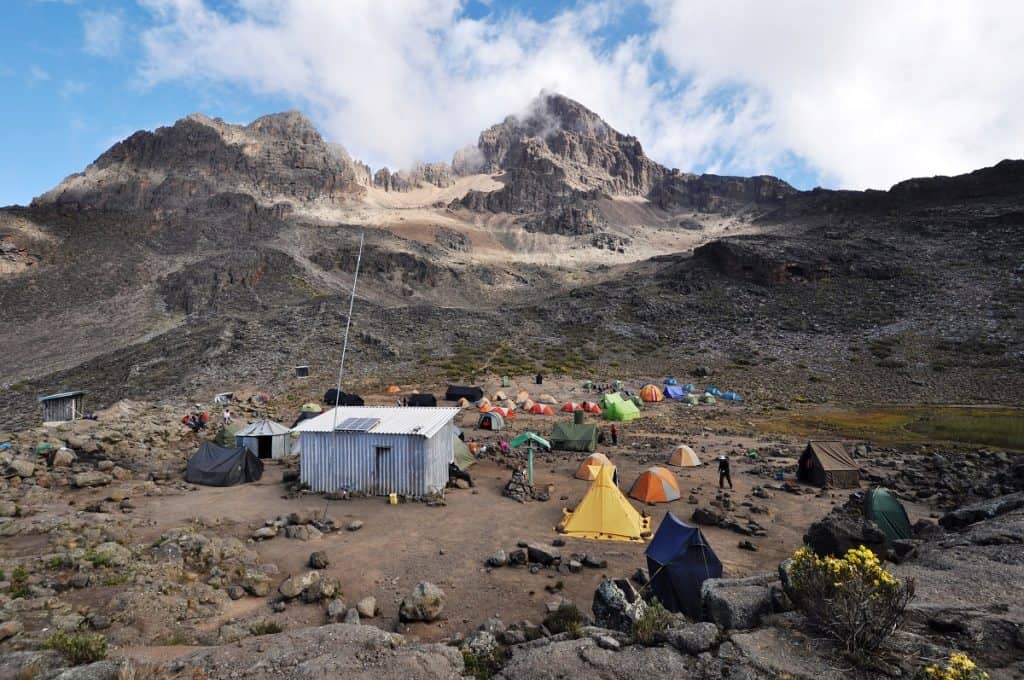
Some campsites are heavily populated while others are barely used. By opting for the less popular site, you just might have the space for yourself. For instance, use Moir Hut instead of Shira 2, Kosovo Camp instead of Barafu Hut, Millenium Camp instead of Mweka Camp, or sleep at Crater Camp after the summit.
Note that staying at some sites such as Kosovo and Crater Camp are done by special permit and therefore require additional fees. These arrangements must be done in advance.
TIP: Crater Camp should only be used on longer routes for safety reasons.
__________




















































